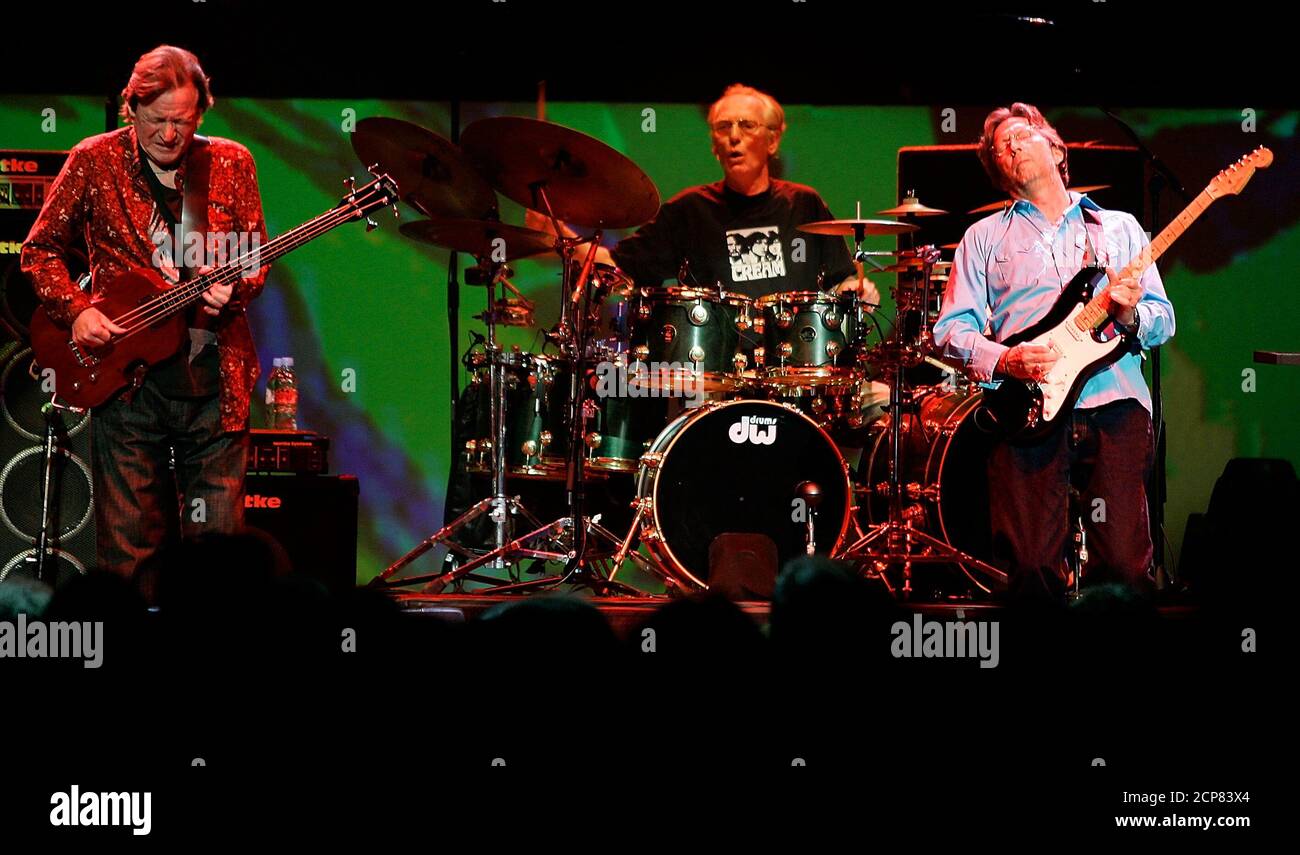
There is no age requirement, since youth choirs and adults alike produce successful and meaningful performances.Ĭhorus, Piano, Marimba I-II, Acoustic Bass, Percussion I (Tambourine, Tri., Susp.

Running the gamut from soaring exultant song to sorrowful, then resolute to fearful and strange to jubilant praise Cantate 2000 is an intense experience for singers and audience. The Latin texts are from Biblical sources. The work is in four movements, the first three of which are performed without pause. The original version of Cantate 2000 was a joint commission from the Phoenix (AZ) Boys Choir (Georg Stangelberger, Conductor) and the Tucson Arizona Boys Chorus (Julian Ackerley, Conductor).

Cymbal), II (2 Tom-toms, Bass Drum), Piano, Marimba I-II 22' Mixed Chorus, Strings (VI-II, Vla, Vc, Db), Percussion I (Tambourine, Tri., Susp. All choral titles are also published separately. Some are also set for Treble or Male Chorus. Some titles are also available in solo instrumental versions. This Collection is offered by the publisher especially for those wishing to perform all of the carols, with notes on performing Lessons and Carols. The Anniversary Carols book includes all of the Anniversary Carols and Harp Interludes, as recorded by Soli Deo Gloria Cantorum on their Cantorum Christmas! CD. SDG 99-100P Harp, Bass, Percussion Parts (Order complete set) $ 25.00 (Was there something mind-altering emanating from those artificial candles on the floor?) The Allegro, in turn, possessed a gravity that belied its sprightly tempo.Mixed Chorus a cappella and accompanied (Harp, Bass, Perc.), Soloists (Soprano, Mezzo-Soprano, Baritone) 44.20' Tutti passages in the opening movement shone with Brahmsian force, and the lilting Largo sparkled – with my eyes closed I could almost see flashes of light of different colors emanating from the various instruments. 2 in G minor by Italian composer Francesco Durante. This was one of the richest-sounding, most soulful Baroque concerts I’ve heard anywhere. The violins trade bars, the cello gets a feature, and rapid violin passages swoop in over an sea of counterpoint as the Chaconne draws to a close.

You could hear Lenti’s theorbo loud and clear, while Bicket’s harpsichord and small organ, though melded subtly into the mix as always in these ensembles, registered five-by-five to the attentive ear.Ī theorbo-and-cello duet passage stood out early in a brilliant performance of German composer Johann Philipp Krieger‘s “Sonata a 4 in F Major.” The piece also includes a slow Chaconne that put us firmly in the Baroque spirit the ensemble dug into its many inventive variations with passion, deep bass lines resounding from the theorbo like elephant heartbeats. But this first piece demonstrated right away not only the crypt’s wonderfully clear, deep sonority, but all the musicians’ skill and comfort with this era’s repertoire. Venetian composer Dario Castello’s “Sonata Decima Sesta” included an especially haunting lyrical passage featuring violinists Johanna Novom and Adriane Post. Bach and a selection of lesser-known composers provided the script as the musicians made the stone chamber sing. The 6 March program, entitled “Journeys,” spanned Baroque-era Europe. But curator Andrew Ousley doesn’t book “whoever.” He goes out of his way to engage very hip lineups of top-tier artists for these lively, if ghostly, events. No bodies are interred in this modest crypt, as far as I know – though Eliza Jumel and many others rest in peace in Trinity Church’s adjoining churchyards – so there’s plenty of room for a small audience to comfortably experience its glorious acoustics, whoever might be on stage. And last week I finally made it to the Crypt Sessions, beneath the Church of the Intercession in Harlem, to hear a wide-ranging concert of Baroque music from the period-instrument Diderot String Quartet with keyboardist Harry Bicket (also, incidentally, a Metropolitan Opera conductor) and theorbo player John Lenti. I’ve heard great performances of great music in the Catacombs of Brooklyn’s historic Green-Wood Cemetery. If you want to be classically hip in New York City, or if the word underground means anything to you, you should know about Death of Classical‘s unusual concert series.


 0 kommentar(er)
0 kommentar(er)
